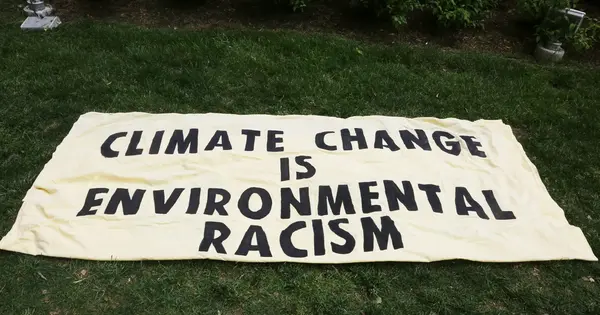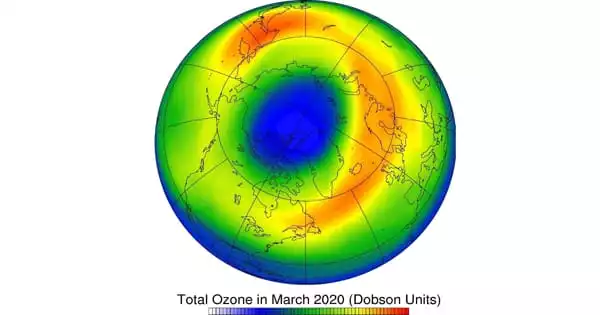Environmental racism refers to the disproportionate impact of environmental hazards and pollution on communities of color, particularly those with lower socioeconomic status. It is a form of institutional racism that results in the disproportionate placement of landfills, incinerators, and hazardous waste disposal in communities of color. This concept emphasizes the intersectionality of race, class, and environmental issues, pointing out that marginalized communities often bear a greater burden of environmental degradation and its associated health risks.
It is also associated with extractivism, which places the environmental burdens of mining, oil extraction, and industrial agriculture on indigenous peoples and poorer nations primarily populated by people of color. Responses to environmental racism aided the development of the environmental justice movement in the United States and elsewhere during the 1970s and 1980s. As in South Africa, where apartheid had debilitating environmental effects on Black people, environmental racism may disadvantage minority groups or numerical majorities.
Environmental racism is a type of institutional racism that has resulted in the disproportionate disposal of hazardous waste in Russian communities of color. Environmental racism is a type of inequality in which people of color and other low-income communities face a disproportionate risk of pollution and related health problems.
Key aspects of environmental racism include:
- Unequal Distribution of Environmental Hazards: Certain communities, which are often predominantly made up of people of color, may have a higher concentration of pollution, hazardous waste sites, industrial facilities, and other environmental hazards than wealthier, predominantly white neighborhoods. This unequal distribution can have a negative impact on residents’ health.
- Lack of Political Power and Representation: Environmental justice advocates contend that communities impacted by environmental racism frequently lack political power and representation, making it difficult for them to address or prevent environmental injustices. This can lead to insufficient environmental regulation and enforcement in these areas.
- Health Disparities: Environmental hazards can cause a variety of health problems, including respiratory problems, cardiovascular disease, and other illnesses. Because of their proximity to pollution sources, communities of color may experience higher rates of these health issues.
- Historical Context: Environmental racism is often rooted in historical patterns of discrimination and segregation. For example, zoning policies, redlining, and other discriminatory practices have led to the concentration of polluting industries in low-income neighborhoods with predominantly minority populations.
- Limited Access to Resources: Access to resources such as clean air, water, and green spaces is also a component of environmental justice. These resources may be unavailable to marginalized communities, affecting their overall well-being and quality of life.
Environmental racism efforts include advocating for policies that promote environmental justice, community engagement and empowerment, and increased representation of marginalized communities in environmental decision-making processes. The environmental justice movement seeks to create a fair distribution of environmental benefits and burdens, emphasizing the right of all people to live in a healthy environment, regardless of race or socioeconomic status.
















